Resiliency-Sensitive Decision Making Mechanism for a Residential Community Enhanced with Bi-Directional Operation of Fuel Cell Electric Vehicles
Abstract
:1. Introduction
1.1. Motivation and Background
1.2. Literature Overview
1.3. Content and Contributions
- The combination of dual-side FCEVs integration together with common distributed generation, CESS and multi-energy chain (hydrogen and electricity) availability is considered in such a structure;
- The resiliency conditions are considered a sub-decision period by enabling a flexible portion in a normally inflexible residential load profile leading to a resiliency-sensitive decision-making mechanism.
1.4. Organization of the Paper
2. System Description and Methodology
3. Test and Results
3.1. Input Data
3.2. Simulation Results and Comparison
4. Conclusions
Author Contributions
Funding
Conflicts of Interest
Nomenclature
| Sets | |
| Set of time periods. | |
| Set of households in the residential community. | |
| Set of FCEVs. | |
| Set of resiliency-sensitive loads. | |
| Parameters | |
| Binary parameters to decide the structure of the objective function. | |
| Hydrogen amount to electric power conversion constant [kg/kW]. | |
| Charging efficiency. | |
| Discharging efficiency. | |
| Desired hydrogen amount in FCEV during departure time [kg]. | |
| Initial hydrogen amount in FCEV during arrival time [kg]. | |
| Maximum allowable hydrogen amount in FCEV [kg]. | |
| Minimum allowable hydrogen amount in FCEV [kg]. | |
| Initial hydrogen amount in common hydrogen storage unit [kg]. | |
| Maximum allowable hydrogen amount in common hydrogen storage unit [kg]. | |
| Minimum allowable hydrogen amount in common hydrogen storage unit [kg]. | |
| Sufficiently large positive constant. | |
| Power production of common PV unit in period [kW]. | |
| Inflexible load–demand of household in period [kW]. | |
| PV power production of household in period [kW]. | |
| The expected load profile of resiliency-sensitive load of household in period [kW]. | |
| Initial state-of-energy of common energy storage unit [kWh]. | |
| Maximum allowable state-of-energy of common energy storage unit [kWh]. | |
| Minimum allowable state-of-energy of common energy storage unit [kWh]. | |
| Arrival time of FCEV . | |
| Departure time of FCEV . | |
| Grid availability binary parameter in period . | |
| Buying price of energy from the upstream grid in period [€/kW]. | |
| Selling price of energy to the upstream grid in period [€/kW]. | |
| Time granularity [h]. | |
| Variables | |
| Binary variable regarding the decision to curtail the resiliency-sensitive load of household in period . | |
| Amount of hydrogen injected into the hydrogen tank of FCEV from the common hydrogen storage unit in period [kg]. | |
| Hydrogen amount in the hydrogen tank of FCEV in period [kg]. | |
| Hydrogen consumption of FCEV during community support mode in period [kg]. | |
| Hydrogen amount in common hydrogen storage unit in period [kg]. | |
| Hydrogen amount produced by the electrolyzer unit in period [kg]. | |
| Power procured by household in period [kW]. | |
| Charging power of CESS unit in period [kW]. | |
| Discharging power of CESS unit in period [kW]. | |
| Electrolyzer power in period [kW]. | |
| Discharging power of FCEV in period [kW]. | |
| Total discharging power of FCEV in period [kW]. | |
| Total power injected back to the residential community by the households in period [kW]. | |
| Total power drawn from the residential community by the households in period [kW]. | |
| Power injected back to the upstream grid by the residential community in period [kW]. | |
| The actual power demand of resiliency-sensitive load of household in period [kW]. | |
| Reverse power injection by household in period [kW]. | |
| The total load of household in period [kW]. | |
| Power drawn from the upstream grid by the residential community in period [kW]. | |
| State-of-energy of common energy storage unit in period [kWh]. | |
| , , , | Binary variables to prevent simultaneous occurrence of different power exchange conditions. |
References
- Wang, C.; Ju, P.; Wu, F.; Pan, X.; Wang, Z. A systematic review on power system resilience from the perspective of generation, network, and load. Renew. Sustain. Energy Rev. 2022, 167, 112567. [Google Scholar] [CrossRef]
- Norouzi, F.; Hoppe, T.; Elizondo, L.R.; Bauer, P. A review of socio-technical barriers to Smart Microgrid development. Renew. Sustain. Energy Rev. 2022, 167, 112674. [Google Scholar] [CrossRef]
- Yu, H.; Niu, S.; Shang, Y.; Shao, Z.; Jia, Y.; Jian, L. Electric vehicles integration and vehicle-to-grid operation in active distribution grids: A comprehensive review on power architectures, grid connection standards and typical applications. Renew. Sustain. Energy Rev. 2022, 168, 112812. [Google Scholar] [CrossRef]
- Forero-Quintero, J.F.; Villafáfila-Robles, R.; Barja-Martinez, S.; Munné-Collado, I.; Olivella-Rosell, P.; Montesinos-Miracle, D. Profitability analysis on demand-side flexibility: A review. Renew. Sustain. Energy Rev. 2022, 169, 112906. [Google Scholar] [CrossRef]
- Tan, K.M.; Babu, T.S.; Ramachandaramurthy, V.K.; Kasinathan, P.; Solanki, S.G.; Raveendran, S.K. Empowering smart grid: A comprehensive review of energy storage technology and application with renewable energy integration. J. Energy Storage 2021, 39, 102591. [Google Scholar] [CrossRef]
- Jeddi, B.; Mishra, Y.; Ledwich, G. Distributed load scheduling in residential neighborhoods for coordinated operation of multiple home energy management systems. Appl. Energy 2021, 300, 117353. [Google Scholar] [CrossRef]
- Gholinejad, H.R.; Adabi, J.; Marzband, M. An energy management system structure for Neighborhood Networks. J. Build. Eng. 2021, 41, 102376. [Google Scholar] [CrossRef]
- Fatemeh, T.; Fard, H.H.; Collins, E.R.; Jin, S.; Ramezani, B. Optimization and energy management of distributed energy resources for a hybrid residential microgrid. J. Energy Storage 2020, 30, 101556. [Google Scholar] [CrossRef]
- Paterakis, N.G.; Erdinç, O.; Pappi, I.N.; Bakirtzis, A.G.; Catalão, J.P.S. Coordinated Operation of a Neighborhood of Smart Households Comprising Electric Vehicles, Energy Storage and Distributed Generation. IEEE Trans. Smart Grid 2016, 7, 2736–2747. [Google Scholar] [CrossRef]
- Gholinejada, H.R.; Lonib, A.; Adabia, J.; Marzband, M. A hierarchical energy management system for multiple home energy hubs in neighborhood grids. J. Build. Eng. 2020, 28, 101028. [Google Scholar] [CrossRef]
- Akter, M.N.; Mahmud, M.A.; Amanullah, M.E.H.; Oo, M.T. An optimal distributed energy management scheme for solving transactive energy sharing problems in residential microgrids. Appl. Energy 2020, 270, 115133. [Google Scholar] [CrossRef]
- Taşcıkaraoğlu, A.; Paterakis, N.G.; Erdinç, O.; Catalão, J.P.S. Combining the Flexibility From Shared Energy Storage Systems and DLC-Based Demand Response of HVAC Units for Distribution System Operation Enhancement. IEEE Trans. Sustain. Energy 2019, 10, 137–148. [Google Scholar] [CrossRef]
- Rafique, S.; Hossain, M.J.; Nizami, M.S.H.; Irshad, U.B.; Mukhopadhyay, S.C. Energy Management Systems for Residential Buildings With Electric Vehicles and Distributed Energy Resources. IEEE Access 2021, 9, 46997–47007. [Google Scholar] [CrossRef]
- Ancona, M.A.; Catena, F.; Ferrari, F. Optimal design and management for hydrogen and renewables based hybrid storage micro-grids. Int. J. Hydrogen Energy 2022, in press. [Google Scholar] [CrossRef]
- Liu, X.; Ji, Z.; Sun, W.; He, Q. Robust game-theoretic optimization for energy management in community-based energy system. Electr. Power Syst. Res. 2023, 214, 108939. [Google Scholar] [CrossRef]
- Hu, M.; Xiao, F.; Wang, S. Neighborhood-level coordination and negotiation techniques for managing demand-side flexibility in residential microgrids. Renew. Sustain. Energy Rev. 2021, 135, 110248. [Google Scholar] [CrossRef]
- Thirunavukkarasu, G.S.; Seyedmahmoudian, M.; Jamei, E.; Horan, B.; Mekhilef, S.; Stojcevski, A. Role of optimization techniques in microgrid energy management systems—A review. Energy Strategy Rev. 2022, 43, 100899. [Google Scholar] [CrossRef]
- Denga, Y.; Mua, Y.; Wang, X.; Jin, S.; He, K.; Jia, H.; Li, S.; Zhang, J. Two-stage residential community energy management utilizing EVs and household load flexibility under grid outage event. Energy Rep. 2023, 9, 337–344. [Google Scholar] [CrossRef]
- Beyazıt, M.A.; Taşcıkaraoğlu, A.; Catalão, J.P.S. Cost optimization of a microgrid considering vehicle-to-grid technology and demand response. Sustain. Energy Grids Netw. 2022, 32, 100924. [Google Scholar] [CrossRef]
- Mobarakeh, A.I.; Sadeghi, R.; Esfahani, H.S.; Delshad, M. Optimal planning and operation of energy hub by considering demand response algorithms and uncertainties based on problem-solving approach in discrete and continuous space. Electr. Power Syst. Res. 2023, 214, 108859. [Google Scholar] [CrossRef]
- Hou, L.; Dong, J.; Herrera, O.E.; Merida, W. Energy management for solar-hydrogen microgrids with vehicle-to-grid and power-to-gas transactions. Int. J. Hydrogen Energy 2022, in press. [Google Scholar] [CrossRef]
- Energy Exchange Istanbul (EXIST-EPIAS) Tranparency Platform. Available online: https://seffaflik.epias.com.tr/transparency/index.xhtml (accessed on 3 November 2022).
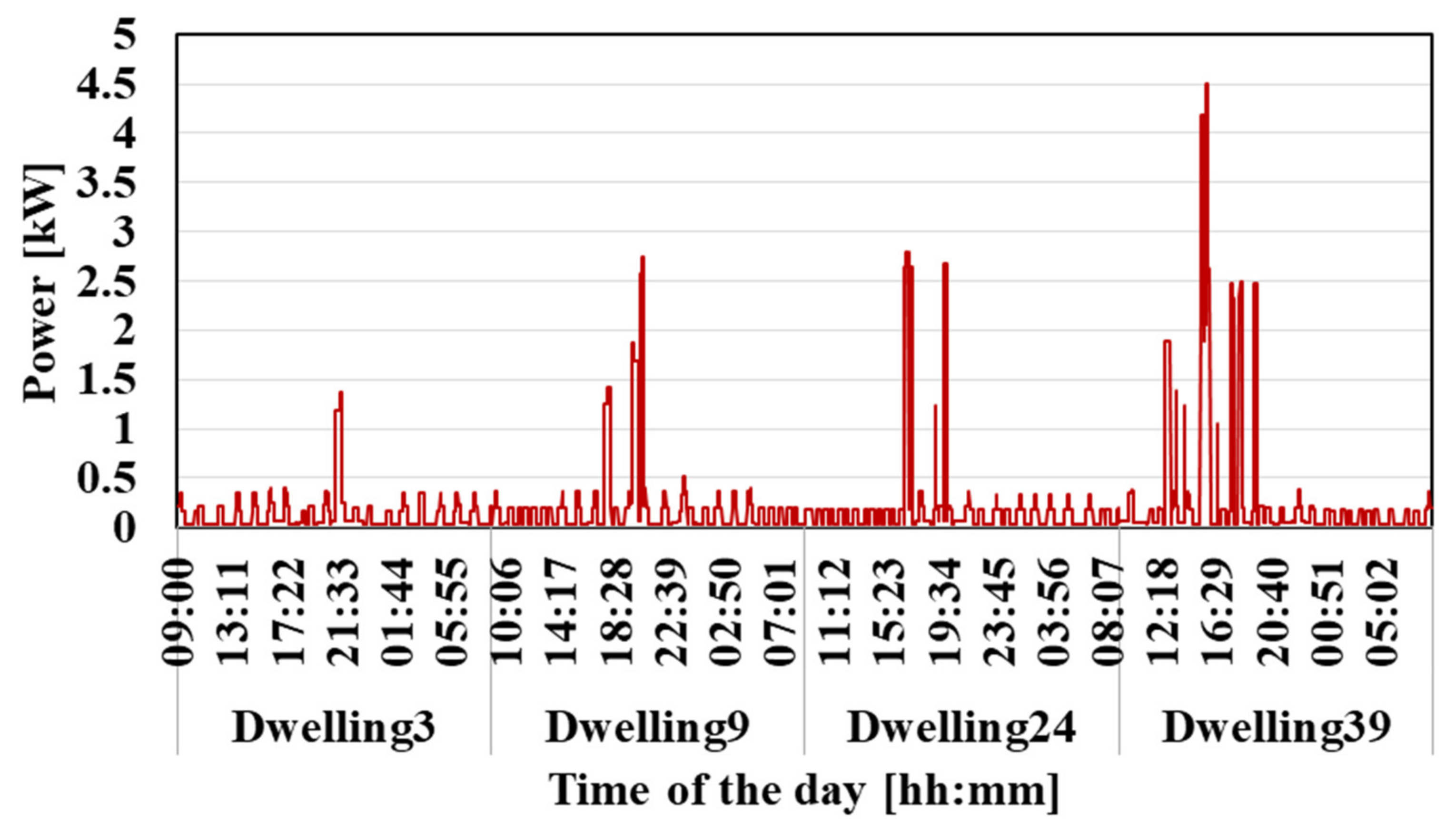
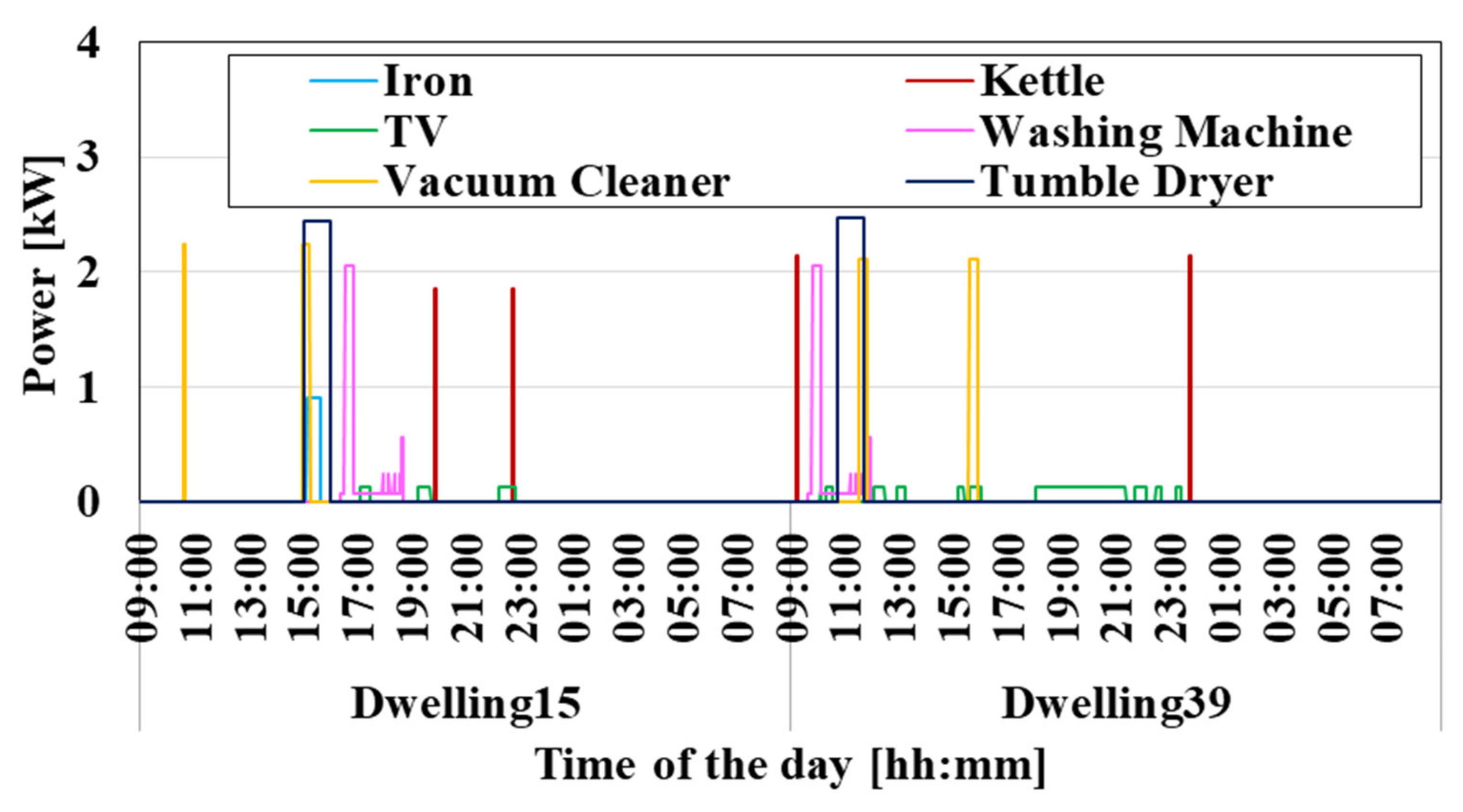


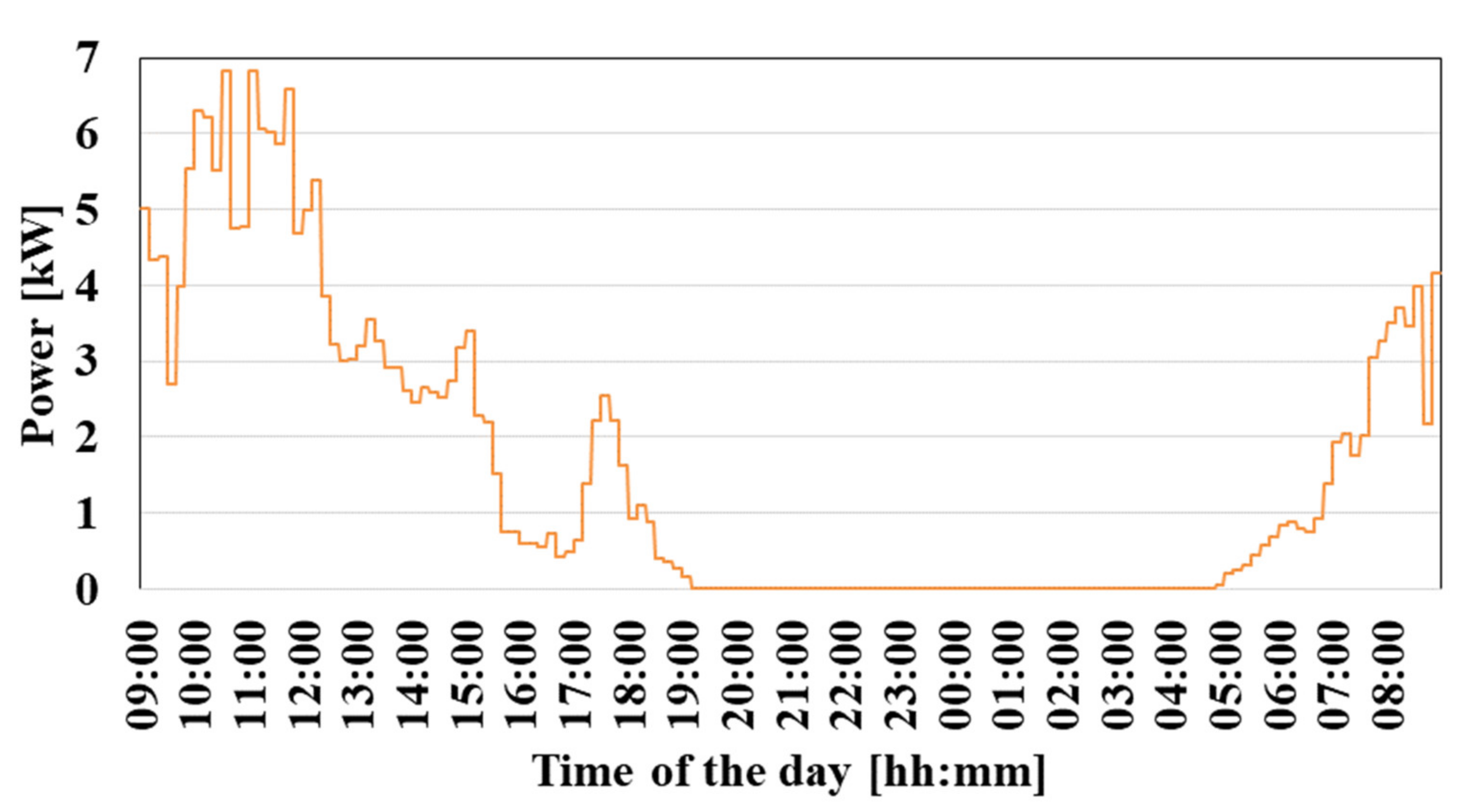
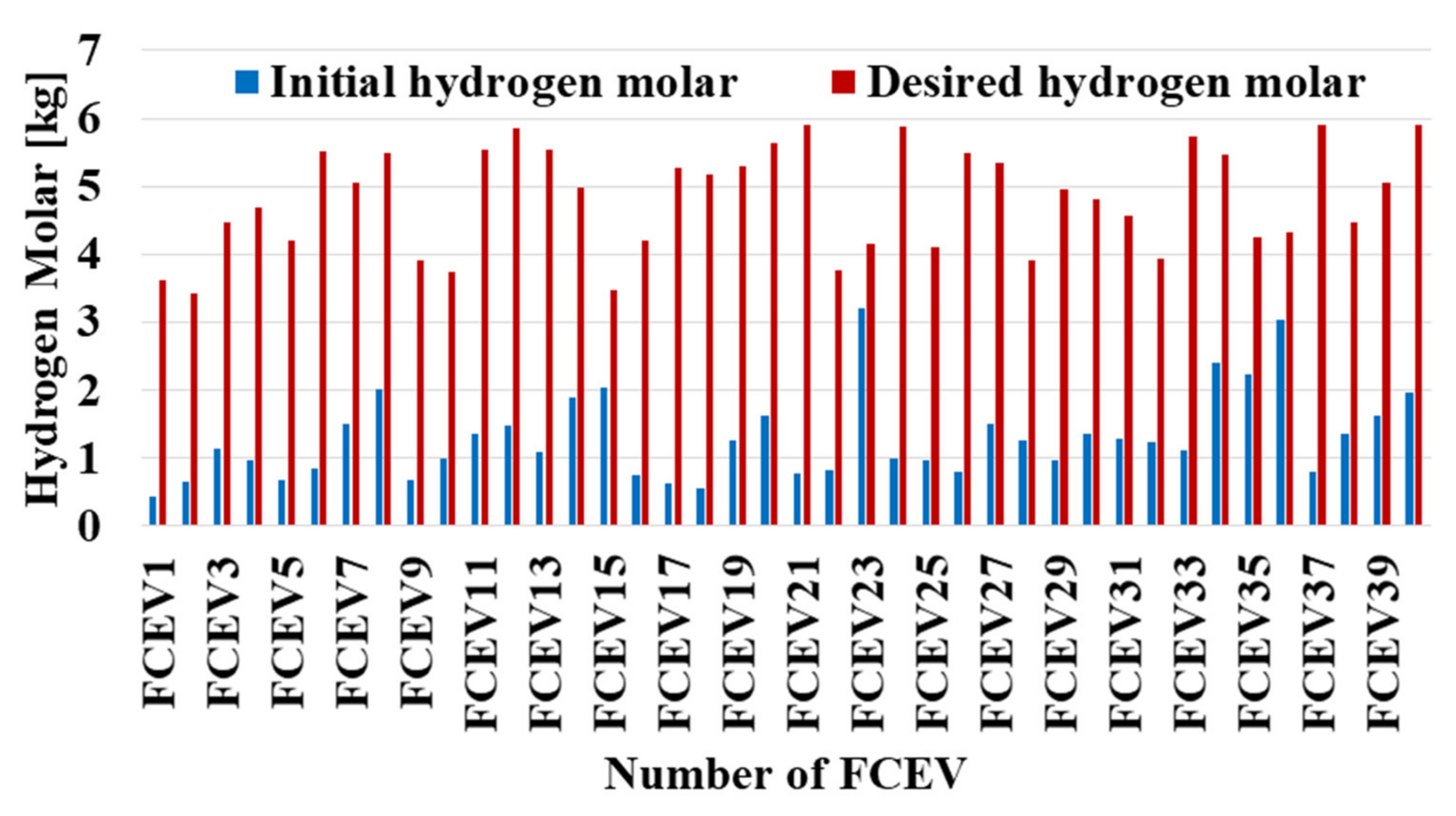
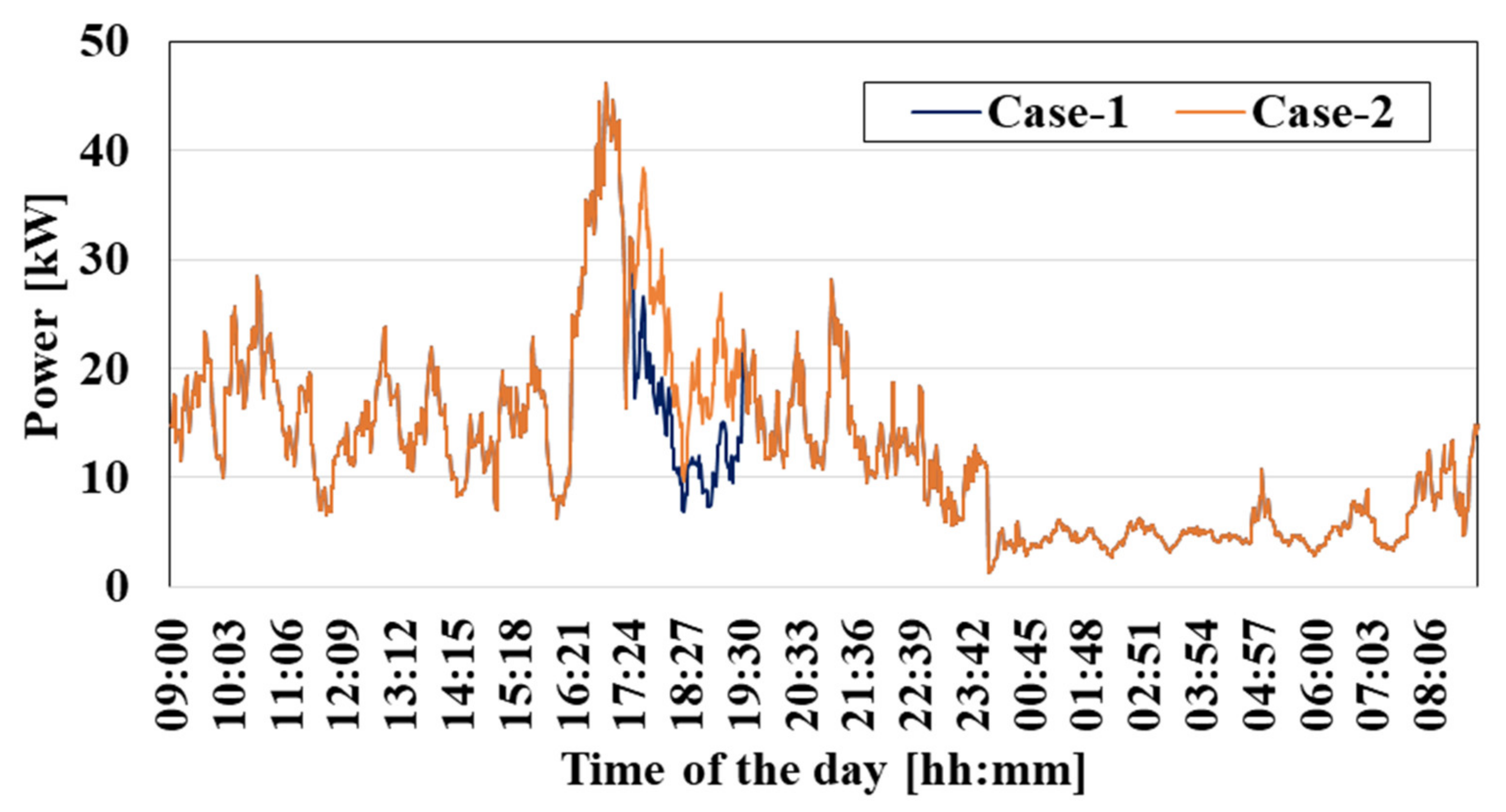
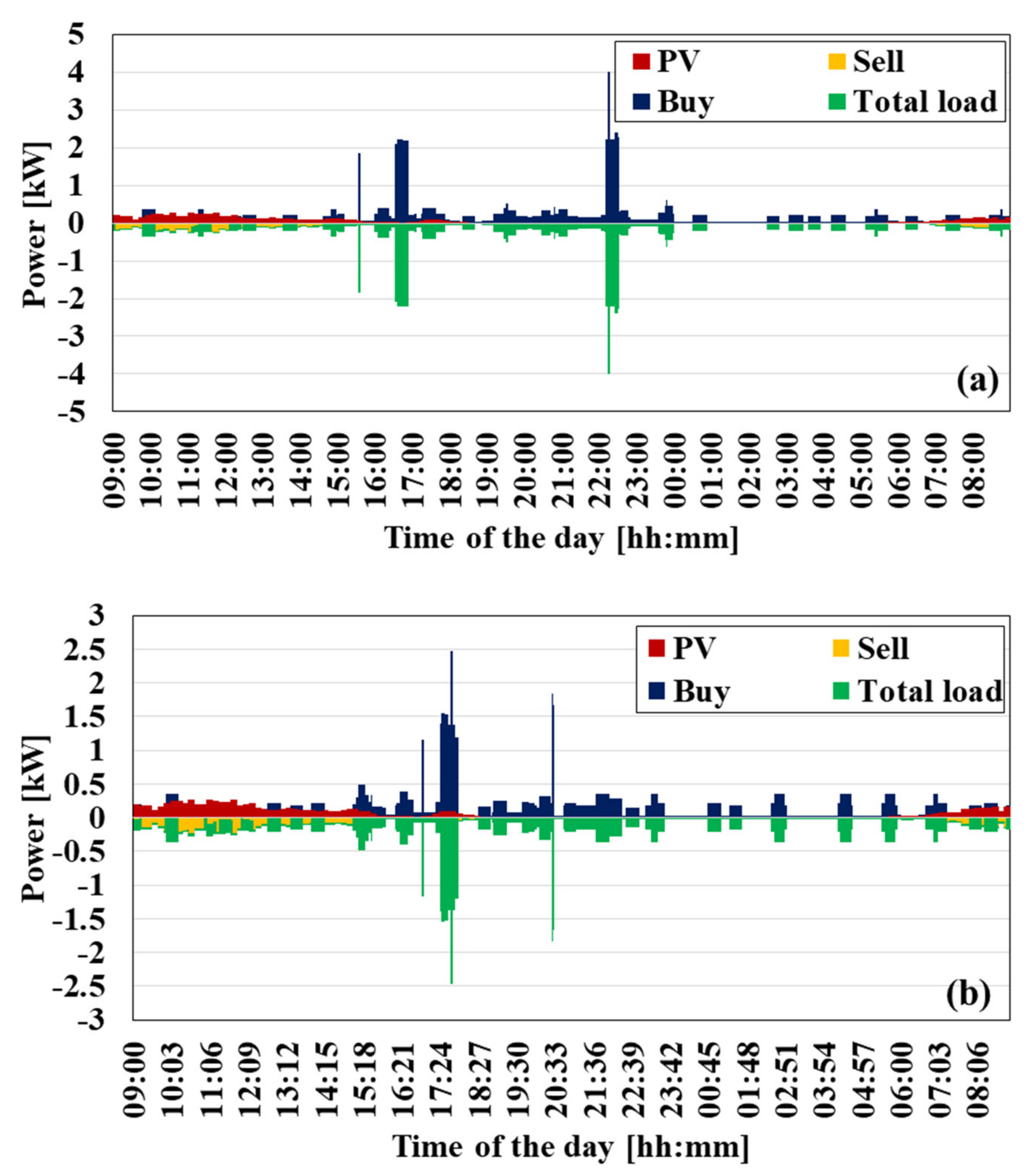
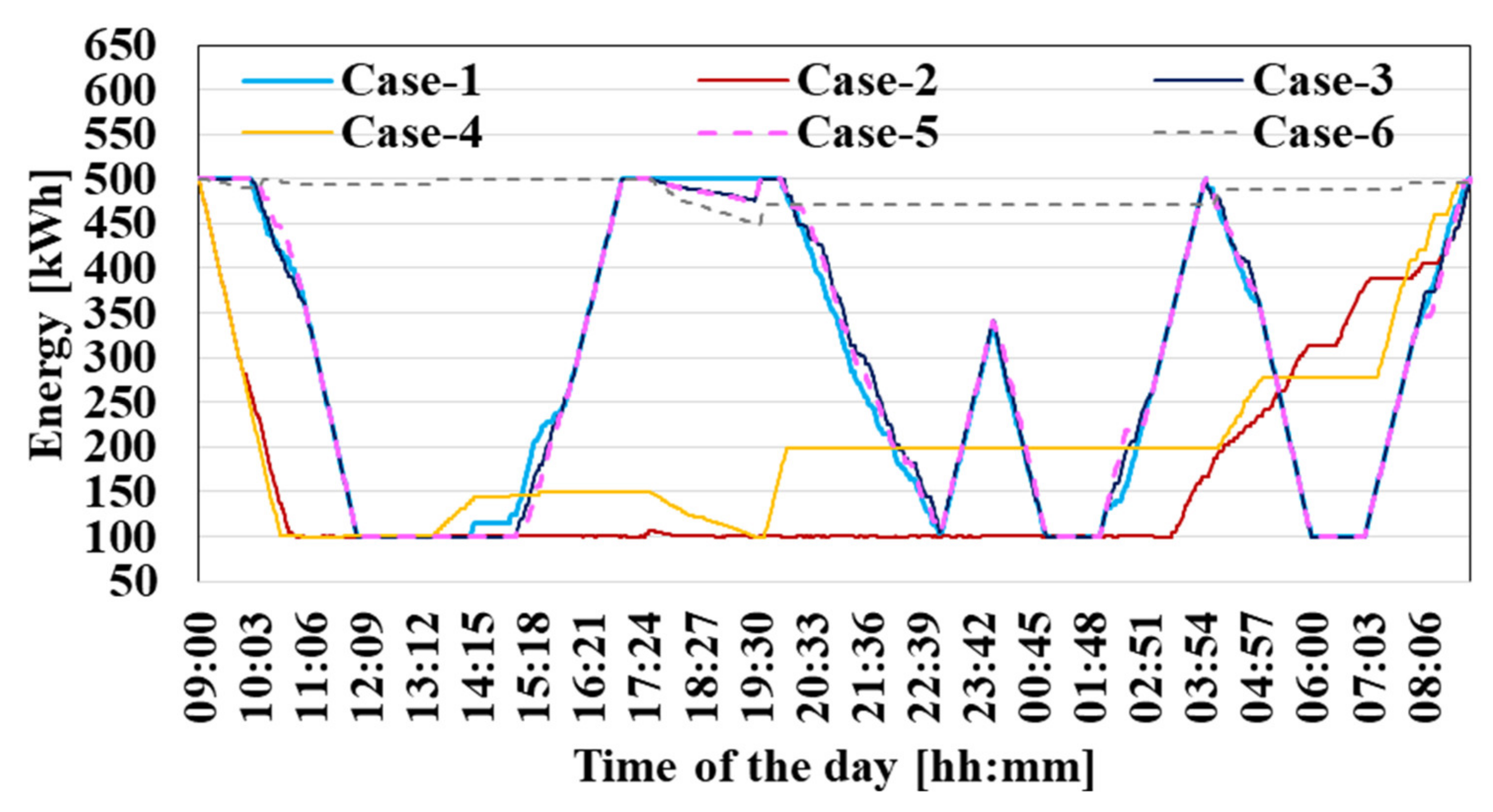
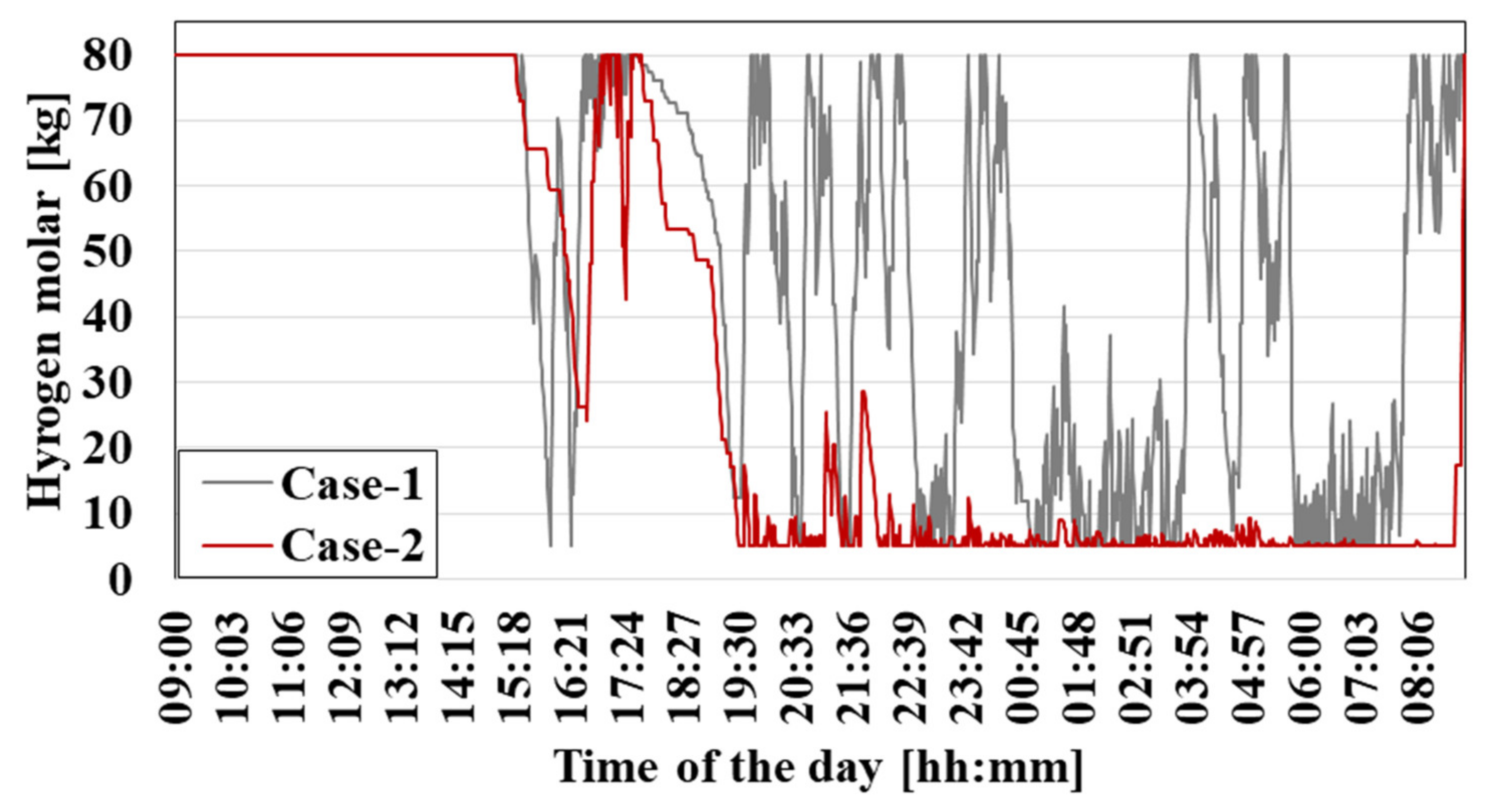
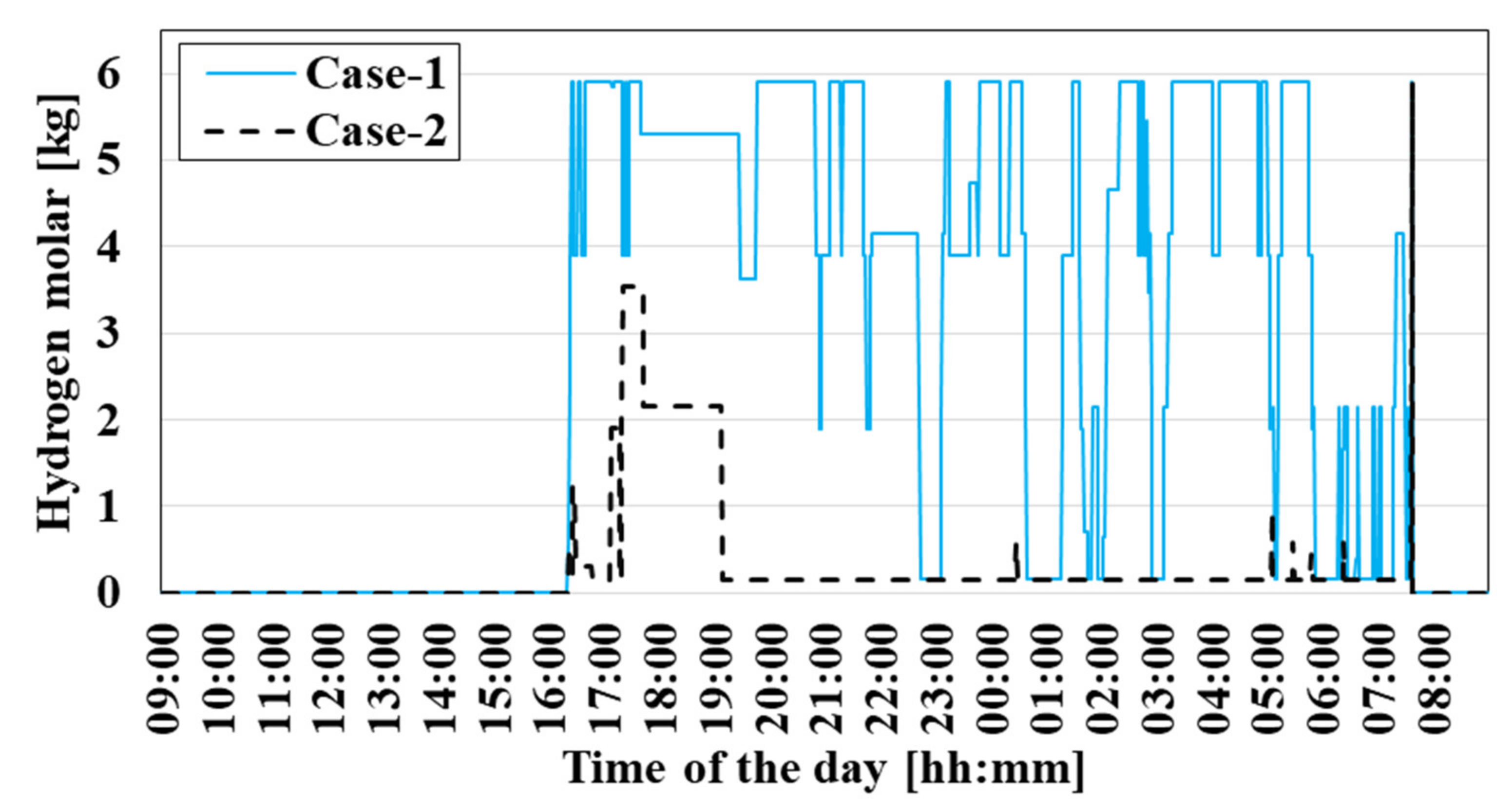
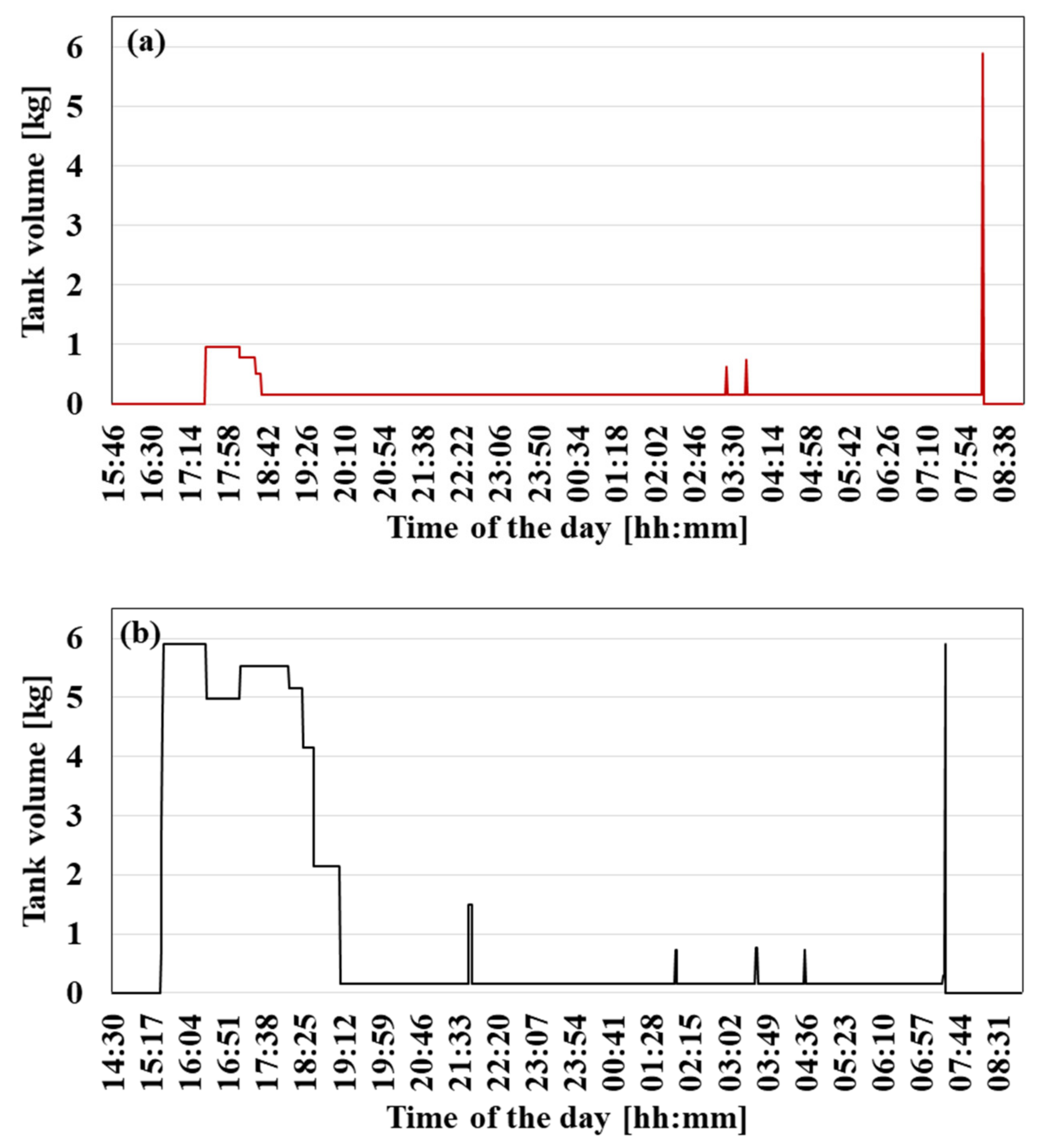

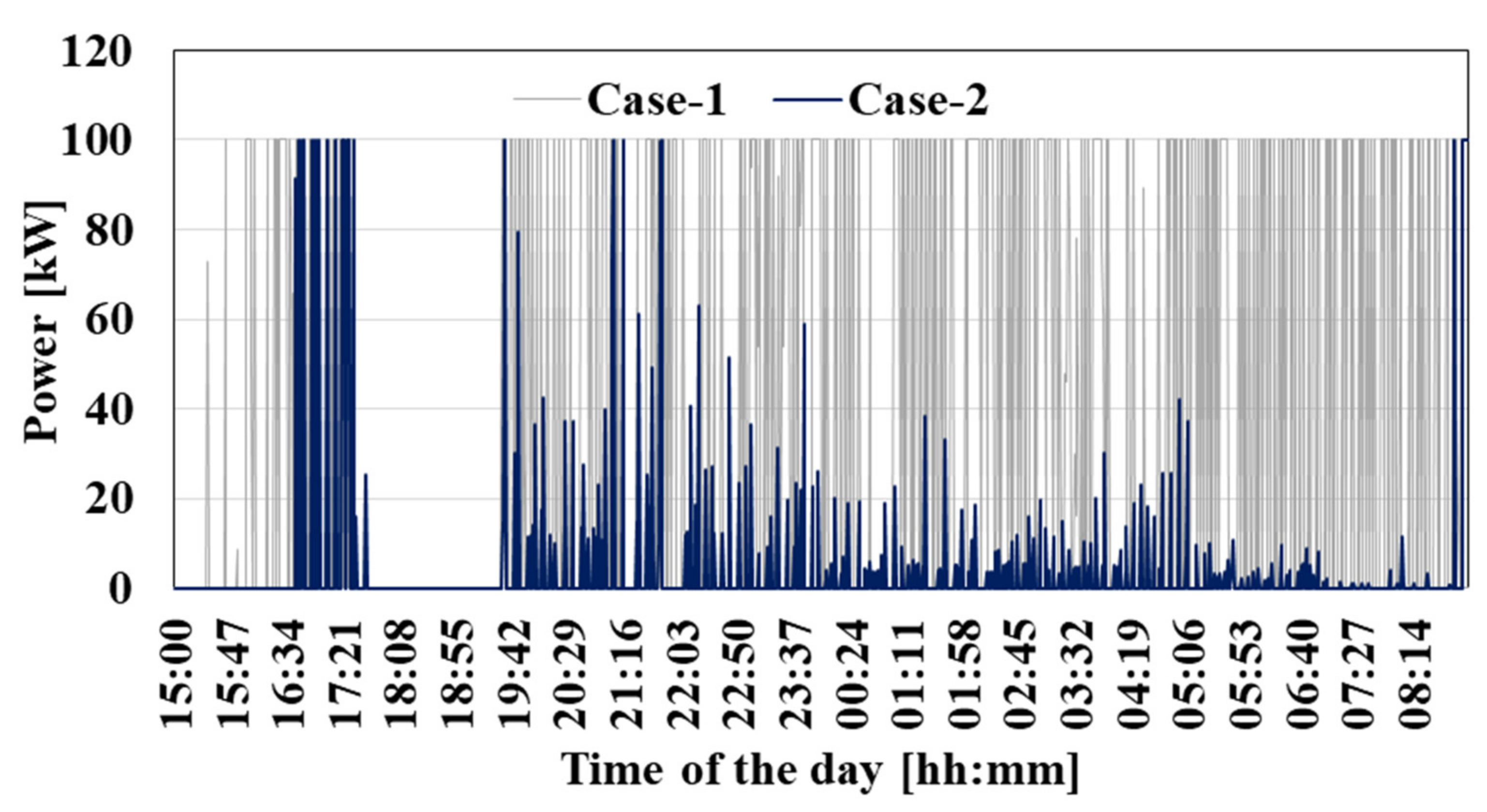
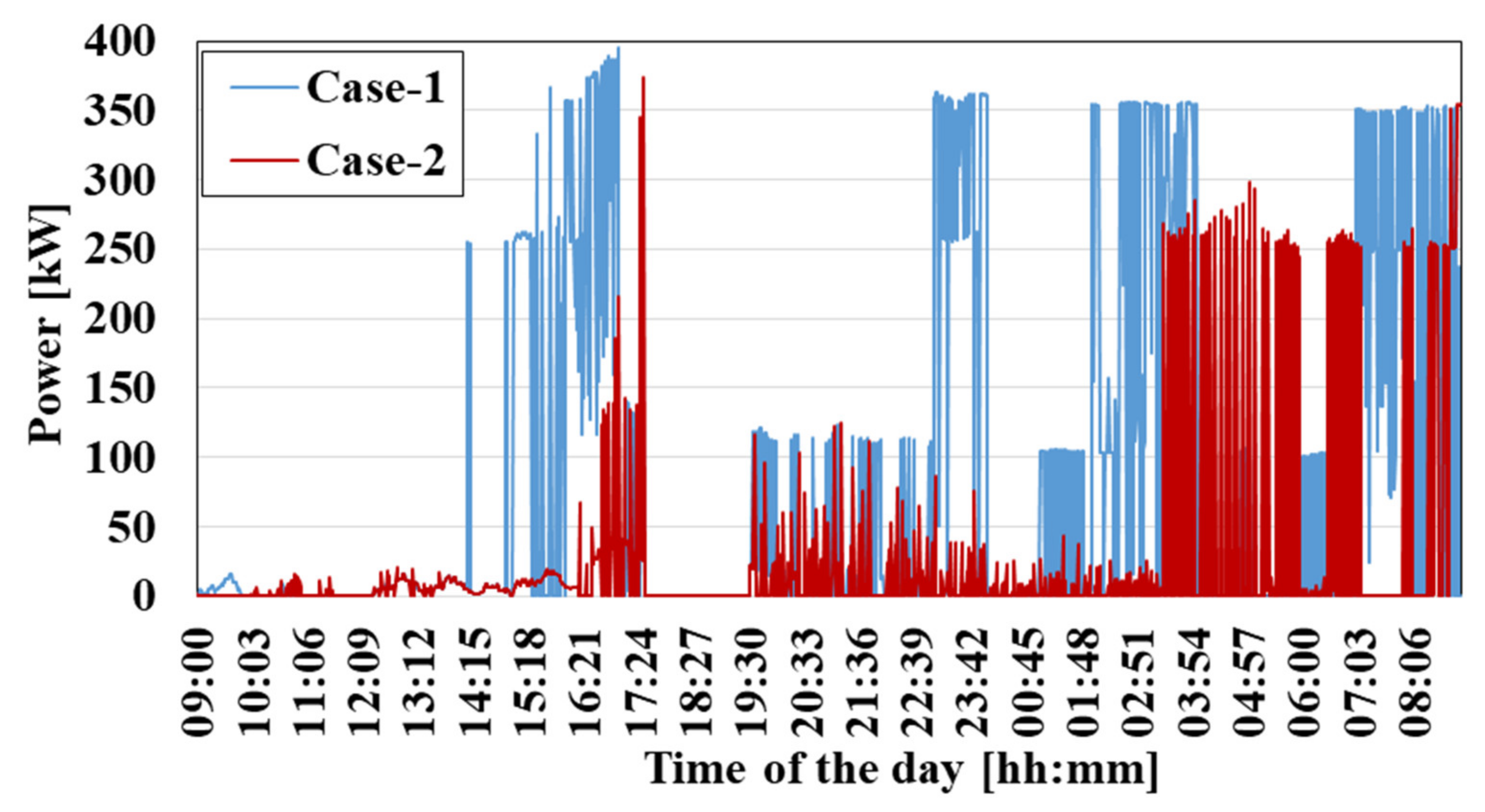

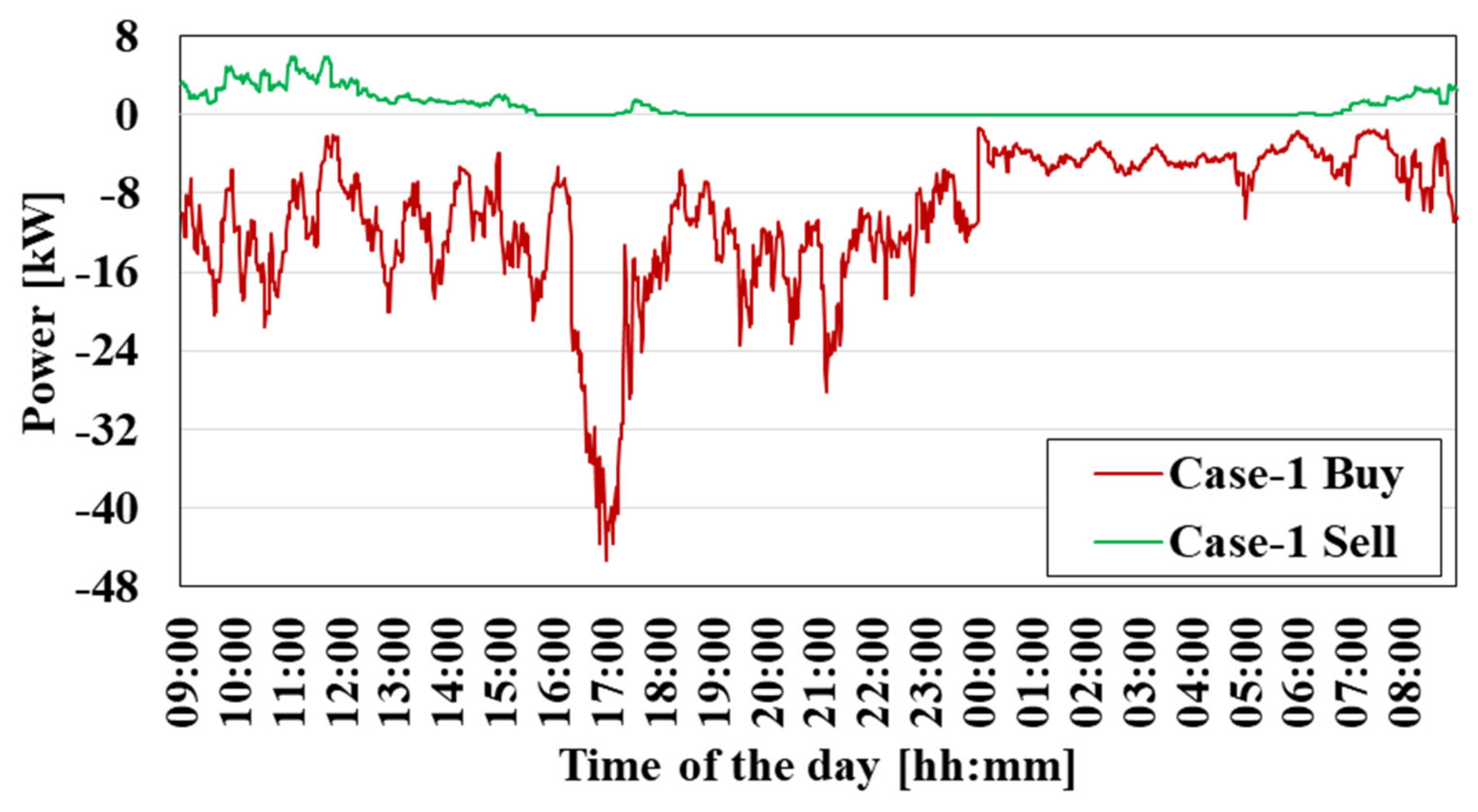
| Reference | Common Distributed Generation | Common ESS | Additional ESS | Demand Side Flexibility | Resiliency | EV Type | V2X |
|---|---|---|---|---|---|---|---|
| [6] | |||||||
| [7] | SBEV | ||||||
| [8] | |||||||
| [9] | SBEV | ||||||
| [10] | SBEV | ||||||
| [11] | |||||||
| [12] | |||||||
| [13] | SBEV | ||||||
| [14] | |||||||
| [15] | |||||||
| [18] | SBEV | ||||||
| [19] | SBEV | ||||||
| [20] | SBEV | ||||||
| [21] | SBEV and FCEV | ||||||
| This study | FCEV |
| EV No. | * DT–AT | EV No. | * DT–AT | EV No. | * DT–AT | EV No. | * DT–AT | EV No. | * DT–AT |
|---|---|---|---|---|---|---|---|---|---|
| FCEV1 | 07:47–17:32 | FCEV9 | 07:40–17:28 | FCEV17 | 07:42–16:39 | FCEV25 | 08:08–15:51 | FCEV33 | 08:53–18:03 |
| FCEV2 | 07:13–15:29 | FCEV10 | 09:00–17:36 | FCEV18 | 07:21–17:12 | FCEV26 | 06:21–16:39 | FCEV34 | 08:05–18:34 |
| FCEV3 | 09:58–17:29 | FCEV11 | 08:43–16:07 | FCEV19 | 08:34–18:15 | FCEV27 | 07:15–15:30 | FCEV35 | 08:11–17:15 |
| FCEV4 | 08:32–17:49 | FCEV12 | 09:25–17:59 | FCEV20 | 08:21–18:23 | FCEV28 | 08:32–16:36 | FCEV36 | 97:10–17:04 |
| FCEV5 | 09:11–18:32 | FCEV13 | 06:55–17:04 | FCEV21 | 07:18–15:55 | FCEV29 | 09:34–17:06 | FCEV37 | 08:45–17:02 |
| FCEV6 | 08:51–17:19 | FCEV14 | 08:36–17:20 | FCEV22 | 07:19–16:28 | FCEV30 | 08:06–16:33 | FCEV38 | 07:54–18:30 |
| FCEV7 | 08:24–17:43 | FCEV15 | 07:10–16:59 | FCEV23 | 09:06–17:15 | FCEV31 | 08:21–17:21 | FCEV39 | 07:15–15:47 |
| FCEV8 | 08:51–17:09 | FCEV16 | 06:29–17:01 | FCEV24 | 07:55–15:25 | FCEV32 | 10:22–18:31 | FCEV40 | 08:24–16:10 |
| [%] | [%] | [kWh] | [kWh] | [kWh] | Maximum Value of [kW] | Maximum Value of [kW] |
|---|---|---|---|---|---|---|
| 0.95 | 0.95 | 500 | 100 | 500 | 250 | 250 |
| [kg] | [kg] | [kg] |
|---|---|---|
| 80 | 5 | 80 |
| Cases | Parameter A (Cost Minimization) | Parameter B (Curtailment Minimization) | PV (Common and Dwellings) | Power from FCEVs to Residential Community | CESS |
|---|---|---|---|---|---|
| Case-1 | 1 | 0 | √ | √ | √ |
| Case-2 | 0 | 1 | √ | √ | √ |
| Case-3 | 1 | 0 | √ | √ | |
| Case-4 | 0 | 1 | √ | √ | |
| Case-5 | 1 | 0 | √ | ||
| Case-6 | 0 | 1 | √ | ||
| Case-7 | 1 | 0 | √ | √ | |
| Case-8 | 0 | 1 | √ | √ | |
| Case-9 | 1 | 0 | √ | ||
| Case-10 | 0 | 1 | √ |
| Cases | Cost [TL] | Curtailment [kWh] |
|---|---|---|
| Case-1 | −1263.81 | 16,206 |
| Case-2 | 406.99 | |
| Case-3 | −1084.35 | 16,206 |
| Case-4 | 456.32 | |
| Case-5 | −1022.63 | 16,206 |
| Case-6 | 499.18 | |
| Case-7 | 201.41 | 16,206 |
| Case-8 | 354.27 | 4271 |
| Case-9 | 261.96 | 16,206 |
| Case-10 | 409.32 | 5959 |
Publisher’s Note: MDPI stays neutral with regard to jurisdictional claims in published maps and institutional affiliations. |
© 2022 by the authors. Licensee MDPI, Basel, Switzerland. This article is an open access article distributed under the terms and conditions of the Creative Commons Attribution (CC BY) license (https://creativecommons.org/licenses/by/4.0/).
Share and Cite
Erdinç, F.G.; Çiçek, A.; Erdinç, O. Resiliency-Sensitive Decision Making Mechanism for a Residential Community Enhanced with Bi-Directional Operation of Fuel Cell Electric Vehicles. Energies 2022, 15, 8729. https://doi.org/10.3390/en15228729
Erdinç FG, Çiçek A, Erdinç O. Resiliency-Sensitive Decision Making Mechanism for a Residential Community Enhanced with Bi-Directional Operation of Fuel Cell Electric Vehicles. Energies. 2022; 15(22):8729. https://doi.org/10.3390/en15228729
Chicago/Turabian StyleErdinç, Fatma Gülşen, Alper Çiçek, and Ozan Erdinç. 2022. "Resiliency-Sensitive Decision Making Mechanism for a Residential Community Enhanced with Bi-Directional Operation of Fuel Cell Electric Vehicles" Energies 15, no. 22: 8729. https://doi.org/10.3390/en15228729
APA StyleErdinç, F. G., Çiçek, A., & Erdinç, O. (2022). Resiliency-Sensitive Decision Making Mechanism for a Residential Community Enhanced with Bi-Directional Operation of Fuel Cell Electric Vehicles. Energies, 15(22), 8729. https://doi.org/10.3390/en15228729






